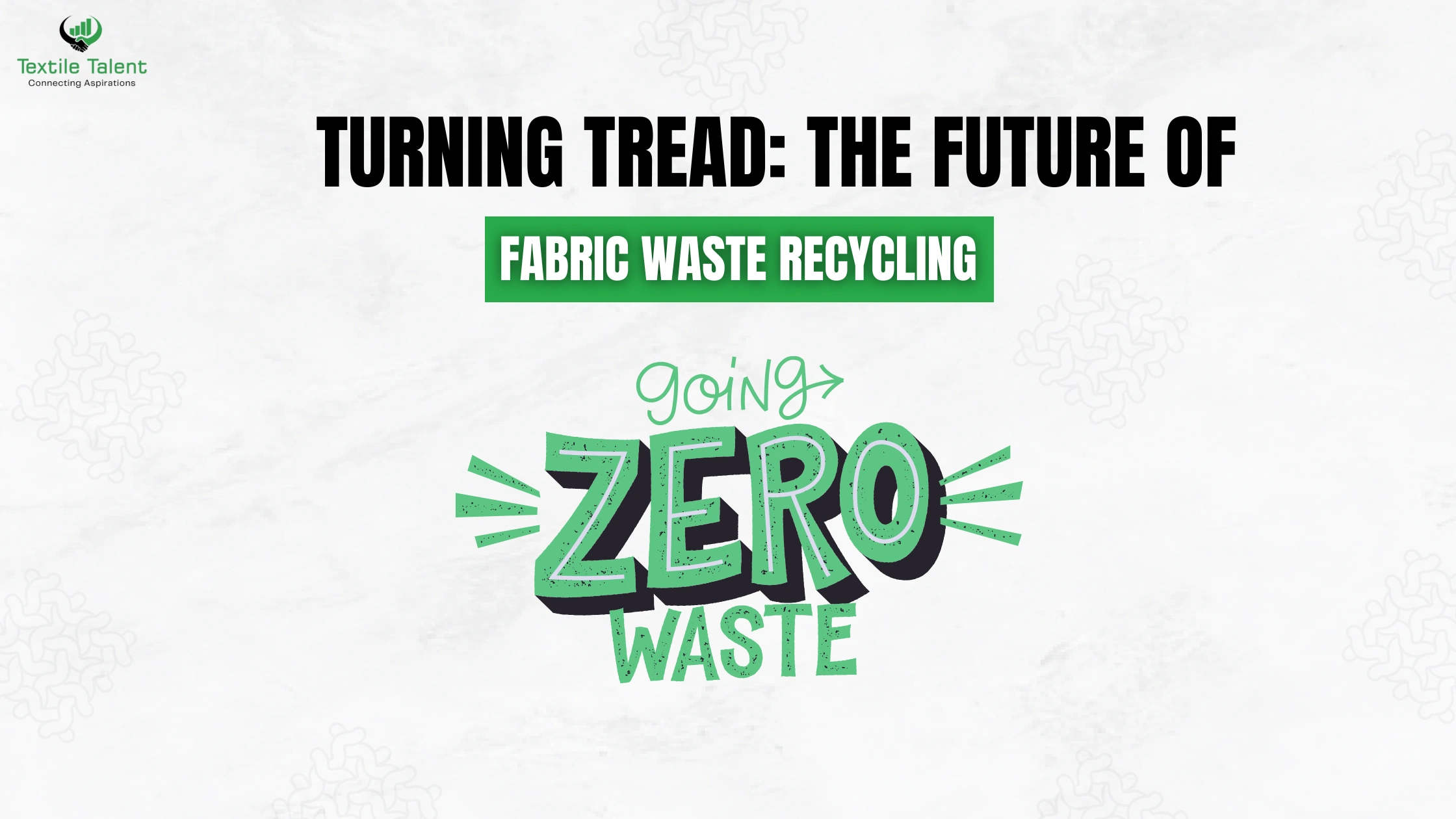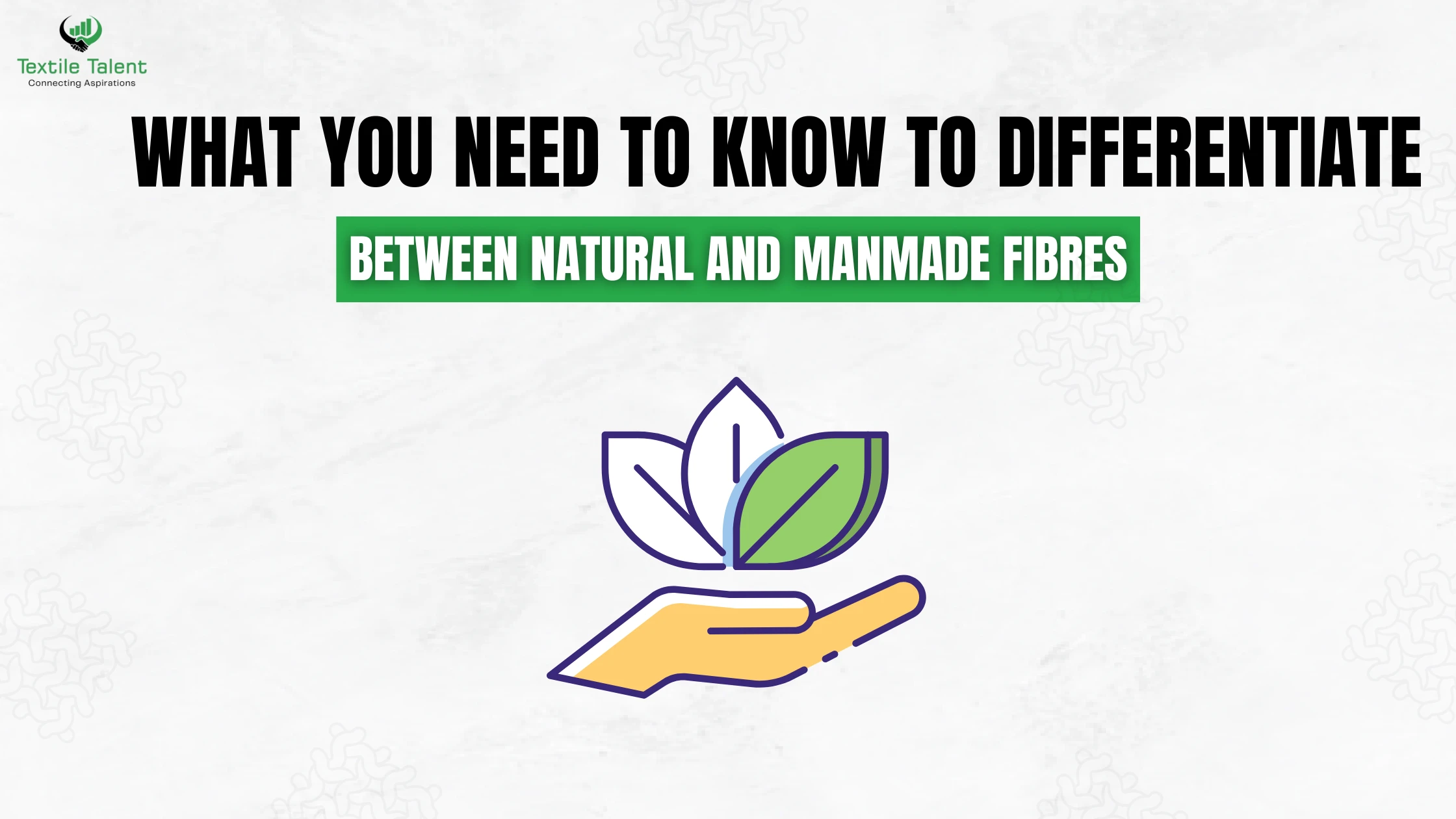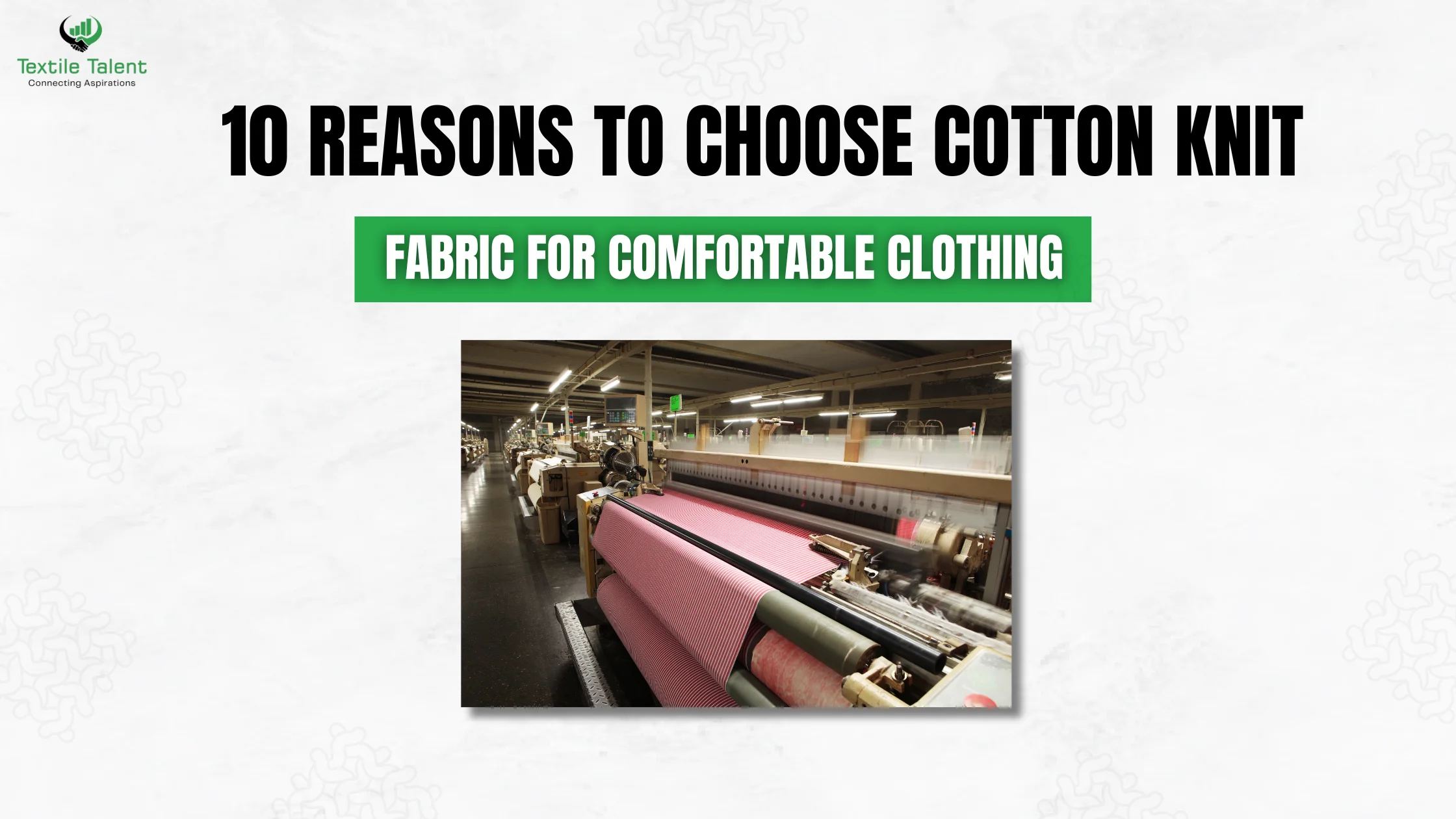
Recycling of fabric waste will be a critical part in ensuring sustainability in the textile sector. Recycling is changing and recycling technologies are developing to provide a solution to the environmental impact of textile waste on the world. The future of the recycling of fabric waste is discussed in this blog, including the technology, the approaches, and the significance of consumer awareness in creating a more sustainable enterprise.
Introduction
The fashion industry is not the least notorious and infamous in its environmental footprint, specifically regarding textile waste. The issue of fabric waste recycling is rapidly becoming an important participant in the process of environmental impact of this waste reduction. This paper will go into the techniques and technologies behind the recycling of fabric waste, how the change might transform the sector, and create a more sustainable future. Earlier, we shared about Textile recycling in one of our previous blog, and today we are sharing about fabric recycling.
The Increased Significance of Cloth Waste Recycling.
Fabric waste recycling has never been more in demand as the volume of textile waste is still growing. Recycling will not only help reduce the waste in landfills, but also on how the resources will be utilized that are considered valuable as well as the effects of textile production on the carbon footprint are also minimal.
Understanding Fabric Waste
Fabric wastes comprise discarded pieces of textile such as unused production material as well as used clothing. When such materials are not properly handled, they are some of the key pollutants to the environment. Through recycling fabric waste, cotton, polyester and wool are important materials that can be recycled and this will save people the need of having to use new raw materials.
Textile Waste Impact on the Environment
The fashion industry is the cause of a lot of pollution and textile waste is one of the largest pollutants. Recycling garments is one way of reducing the adverse impacts, which conserves water, carbon dioxide, and landfill waste. Recycling the fabric waste can greatly reduce the environmental impact caused by the production of textile.
Fabric Waste Recycling Technologies: The Industry Revolution.
Recycling of the fabric waste is becoming more efficient and common due to the latest technological advances. The extent of fabric recycling cost reduction and greater scalability is being made by machines and process innovation.
Recycling Machines of Fabric Waste.
The recycling of fabrics involves the use of fabric waste recycling machines in degrading the waste materials to form fibers that can again be recycled to form new fabrics. These machines have also become technologically advanced and can handle a very large range of fabrics besides being capable of producing high quality recycled material which can be used in other lines of fashion.
Mechanical and Chemical Recycling.
Recycling of fabrics can be carried out in two major processes which include mechanical and chemical processes. Mechanical recycling entails shredding of fabrics into fibers and re-spinning them to form yarns, chemical recycling involves breaking down the fibers and re-forming them to their original monomers which can be re-spun into fabric virtually identical to the original virgin fabrics.
Fabric Waste Recycling: Step-by-Step Guide.
Recycling fabric waste involves a number of significant procedures i.e. sorting, preparation, and processing. Knowledge of how to recycle fabric waste will lead to the production of high quality recycled fibers and lesser amounts of waste going to landfills.
Sorting and Preparation of Fabric Waste.
Before recycling, fabrics must be separated (by material type and color). Certain right processing techniques are required in fabrics such as cotton, polyester, and wool. The more quality the sorting, the more the recycled material would be of quality.
Recycling Process: Mechanical and Chemical Process
After sorting and cleaning, fabric waste may either be subjected to mechanical or chemical recycling. Mechanical recycling is the process of recovering the fabrics by breaking them down physically and chemical recycling is where they are separated and the fibers restored by using a chemical process. The two approaches aid in the minimization of waste in the textile industries and enhance the recycling process.
Recycling of Clothes in India: New Dynamics and Issues.
The textile industry in India ranks as one of the largest in the world and there comes the problem of textile waste management. Cloth recycling in India is on the increasing trend but there are still many challenges that one can face through infrastructure and awareness.
Increasing Indian Demand of Cloth Recycling.
With the growth of the textile industry in India, there is also an increase in the production of textile waste. There is an increasing demand to introduce cloth recycling programs since consumers and businesses are increasingly becoming aware of the need to practice sustainability to minimize waste and save resources.
Difficulties in Recycling of Clothes in India.
There are still some problems in India with the recycling of fabric waste which include a lack of proper infrastructure, consumer awareness, and a lack of consistent waste collection methods. These challenges need to be addressed in order to make cloth recycling become more common in the country.
Sustainability and Innovation in the Future of Fabric Waste Recycling.
Recycling of fabric waste materials has a promising future that is related to emerging technology and sustainable business strategies. With the current rising need of recycled fabrics, there will be further innovations in the industry, cutting down on the textile waste and coming up with new markets.
Consumer Engagement of the Circular Economy.
Consumers are very important in the success of recycling fabric waste. Consumers can be able to reduce the gap in the textile industry by purchasing brands made of recycled materials and being part of the recycling process to create a more sustainable future.
Role of Technological Innovations and their role.
The technological progress will influence the future of fabric recycling. Technological advances such as better sorting techniques and automated recycling machines will streamline the recycling procedure and make it scalable. Such technologies as AI and blockchain may also be used to improve the transparency and traceability of recycled materials.
FAQs
What is fabric waste recycling?
The process of reusing used textile and scraps of fabric into new products is known as fabric waste recycling. This assists in minimizing waste, preserving natural resources as well as minimizing the environmental impact of textile manufacturing.
What can I do with my used clothes?
One can recycle old clothes as a donation, sending them to textile recycling facilities, or by taking part in programs in stores where brands accept old clothes to recycle. Most companies now provide incentives as a way of promoting the recycling of old clothing.
What are the environmental benefits of fabric waste recycling?
Recycling fabric waste helps reduce the environmental impact of textile production, including lower carbon emissions, less water consumption, and reduced landfill waste. It also conserves natural resources by reusing existing fabrics instead of sourcing virgin materials.
What challenges does India face with cloth recycling?
India struggles with challenges such as a lack of infrastructure, limited consumer awareness, and inconsistent waste collection systems. However, efforts are being made to address these issues and improve cloth recycling programs in the country.
What is the future of fabric waste recycling?
The future of fabric waste recycling looks promising, with advancements in recycling technologies and growing consumer awareness about sustainability. The industry will continue to evolve, focusing on efficiency, innovation, and circular economy practices to reduce textile waste.





